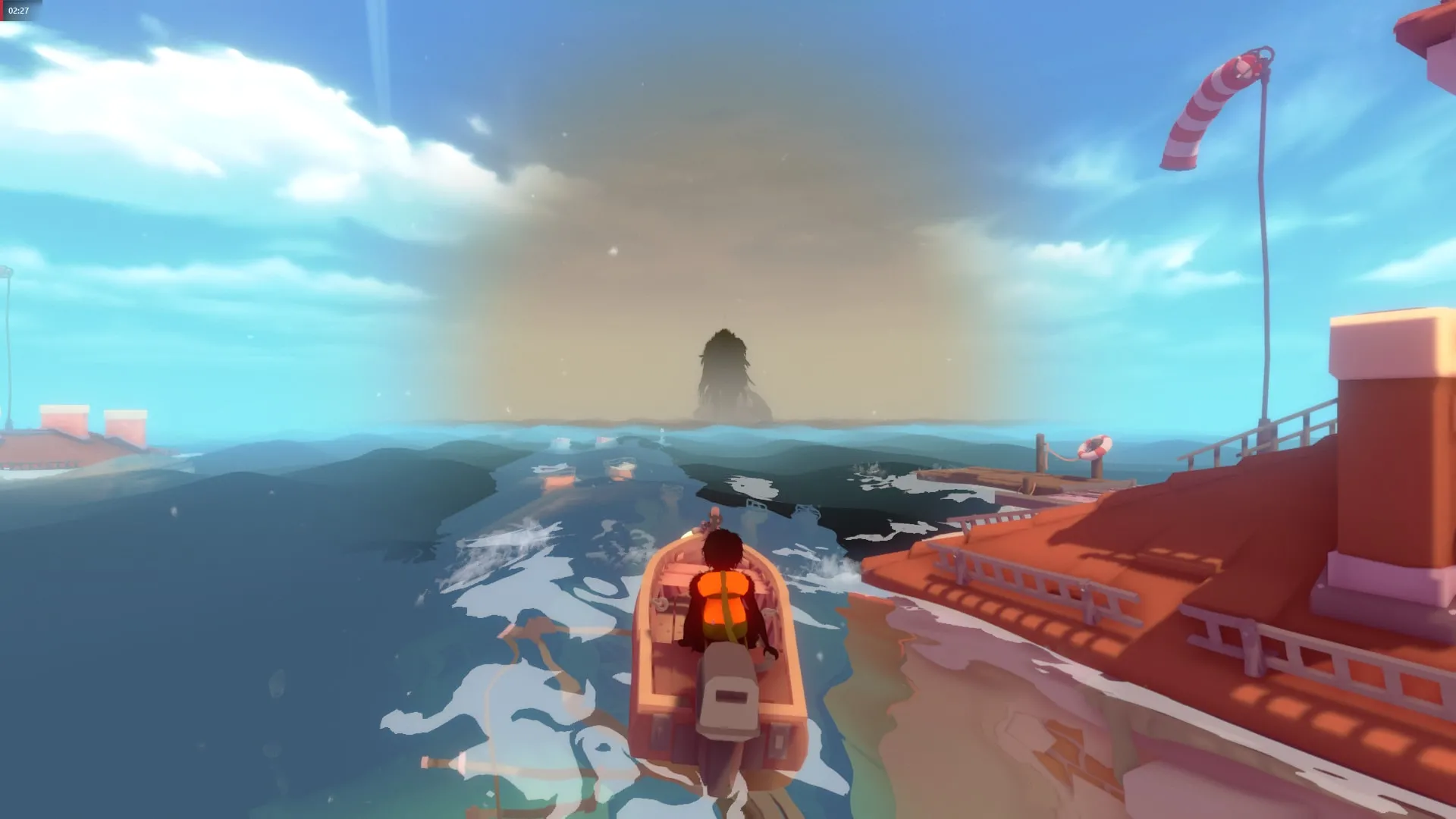
Sea of Solitude: A Beautiful Message Lost in a Shallow Sea
Contents
Mental health awareness is crucial. Unlike physical ailments with visible symptoms, mental health issues often remain hidden, making it harder to address and understand. Games can offer a unique and engaging platform to explore these complex themes, and that’s precisely what Jo-Mei Games attempted with Sea of Solitude. While the game boasts a powerful message about mental health, does its gameplay and presentation live up to the important issues it tackles?
A Poignant Exploration of Mental Health
Sea of Solitude uses a fantastical world to represent the struggles of Kay, the game’s protagonist. From towering, menacing creatures to Kay’s own transformed appearance, every element symbolizes an aspect of mental and emotional suffering. Themes of a broken family, the pain of a neglected sibling, and crippling self-loathing are woven into the narrative.
 Sea of Solitude
Sea of Solitude
The game’s chapters unfold Kay’s story and the stories of those around her, presenting complex issues with a direct and accessible approach. This straightforward narrative effectively conveys the intended emotional impact, making it easy for players to connect with the characters and their experiences. The game explores a range of emotions, increasing the likelihood that something will resonate with the player and foster greater empathy for those struggling with mental health challenges. The evocative sound design and the melancholic voice acting further enhance the game’s emotional depth, amplifying the core message. Unfortunately, while the message is commendable, it’s the only aspect that truly shines.
Gameplay and Presentation Fall Short
The core gameplay loop of Sea of Solitude feels disappointingly simplistic. Imagine the game’s narrative and message as a series of slides filled with vital information. The gameplay mechanics are merely the means of navigating from one slide to the next, lacking depth and innovation. The primary objective often boils down to traveling from point A to point B, a task made overly linear by the “flare gun” mechanic. Kay can fire flares to illuminate the path forward, stripping away any sense of exploration or discovery.
 Sea of Solitude
Sea of Solitude
While there are elements of stealth, platforming, and light puzzle-solving, Kay primarily spends her time collecting “corruption.” This repetitive process of absorbing corruption to unlock new areas becomes tedious and uninspired. Players hoping for engaging mechanics will find themselves let down.
 Sea of Solitude
Sea of Solitude
The game’s visual presentation also suffers. The concept of a flooded world, the interplay of light and shadow, and monstrous representations of inner turmoil could have been visually stunning. However, the execution lacks polish and visual flair. The graphics are unremarkable, failing to create a captivating world that players will want to explore and share.
 Sea of Solitude
Sea of Solitude
Furthermore, the straightforward storytelling, while effective in conveying the message, also diminishes player engagement. The game tells rather than shows, leaving little room for interpretation or personal connection. While raising awareness for mental health is crucial, Sea of Solitude falls short of its potential. A game with such an important message needs to be engaging and compelling enough to attract players who might not otherwise be interested in the topic. Unfortunately, Sea of Solitude’s shallow gameplay, lackluster visuals, and overly direct narrative fail to provide a compelling reason to play beyond its noble intentions. It feels like the game pleads with players to experience it for a “greater good” rather than offering a truly rewarding and entertaining experience.
Game Information
- Developer: Jo-Mei Games
- Publisher: EA Originals
- Genre: Adventure
- Release Date: July 5, 2019
- Platforms: PC, PlayStation 4, Xbox One
Minimum System Requirements (PC)
- OS: Windows 10
- CPU: AMD Phenom II X4 965 or Intel i3 2120
- RAM: 4 GB
- GPU: Radeon HD 7850 or GeForce GTX 660
- DirectX: 11
- Storage: 2 GB
Tested System (PC)
- OS: Windows 10 Pro 64-bit
- CPU: Ryzen R7 1700 @ 3.7 GHz
- RAM: 16 GB
- GPU: MSI Rx Vega 56 Airboost
- SSD: Samsung 950 Pro 256GB





Comments (0)